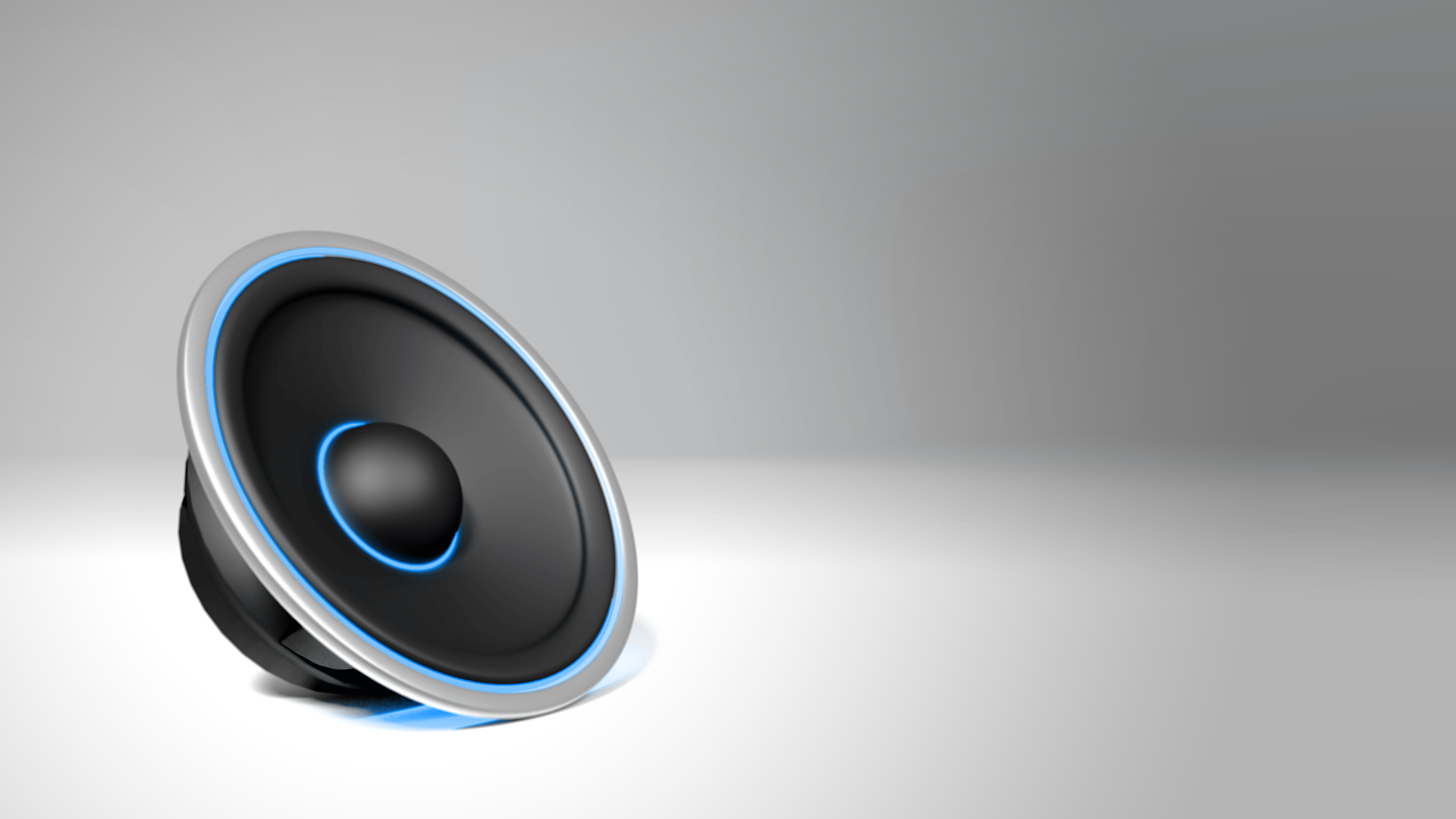
Sometimes it may be required that you connect your amplifier to a different set of speakers. This is especially common for the gigging guitarist, as often you may want to plug into a cabinet that’s already on stage.
Note: Never use a tube amplifier without speaker(s) connected. Without a load connected (somewhere to send the voltage), the output transformer is at risk of being overloaded and damaged.
If you’ve ever looked at the speaker connection of your amplifier before, you may have come face to face with Ohms (Ω). This is the measurement of electrical resistance that occurs when the amplifier is connected to the speaker(s). A higher value means more resistance.
The explanation is best illustrated with an example.
Consider a battery powered portable music player such as a cellphone. It can only deliver a certain amount of power to the headphone output jack, as the battery is normally is the region of 3 to 5 volts. To get the most benefit, you will need to use headphones with low impedance (Ω) that can match the strength of the headphone output. If you had to use a high impedance pair of headphones (that’s designed to work with a Hi-Fi system), it will result in a much reduced volume as there is not enough voltage and current for effective power.
Based on this analogy, we can conclude that an amplifier must match the speaker impedance (or Ohms) in order to work exactly as the manufacturer intended it to. Many tube amps have a switch near the speaker connections at the back which will allow you to select different Ohm values and match your speakers correctly.
Sometimes, however, it may not be possible to match the impedance correctly. This may be the case at gigs when you want to plug your amplifier head into someone else’s cab. Most tube amplifiers will work perfectly fine with a mismatched configuration without causing any problems. You can expect fluctuations in tone based on different combinations particularly in the mid-range, so don’t be scared to experiment.
When using a mismatched configuration, it should never be by more than 100%. For example, if the amplifier is set to 8 Ohms, then the speaker could be either 4 or 16 Ohms. However, if the amplifier is 8 ohms, then 2 Ohms or 32 Ohms should be avoided.
